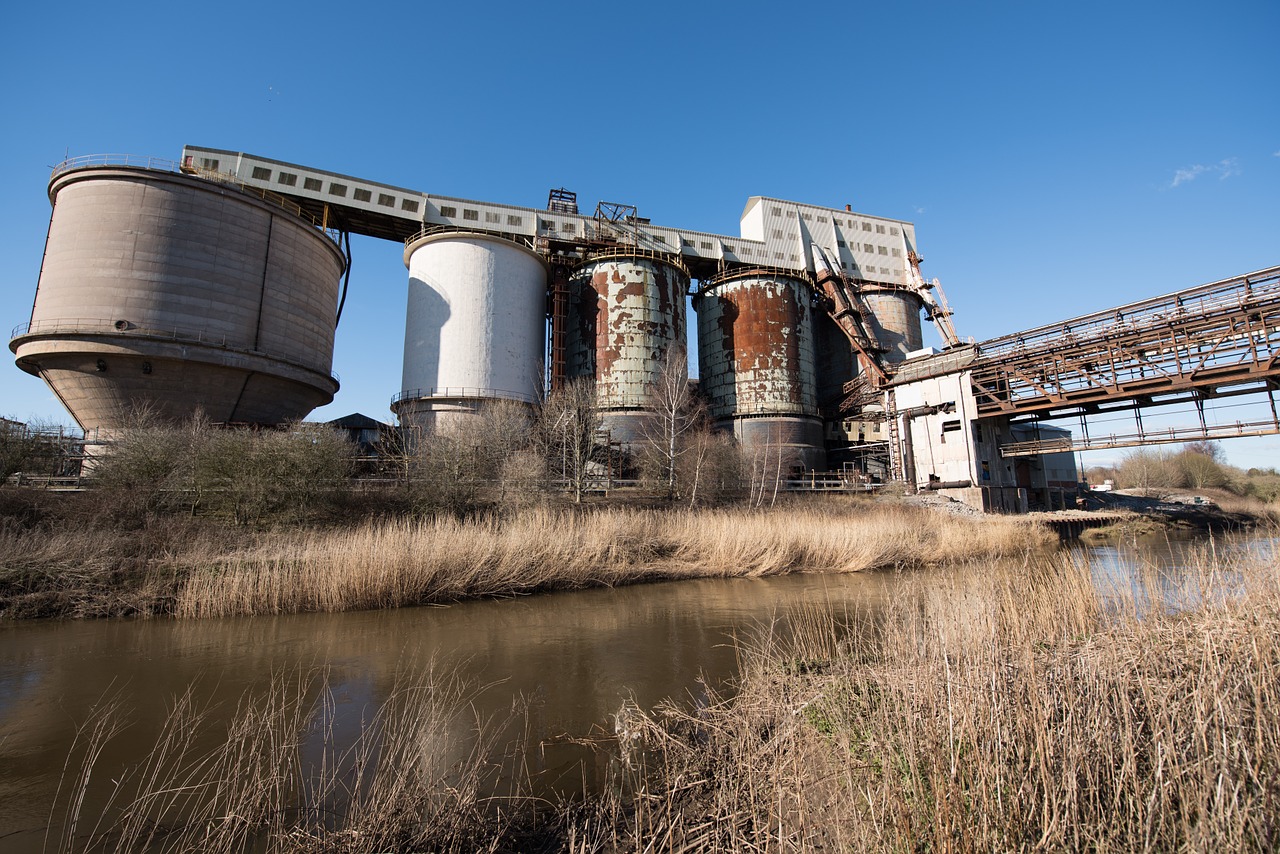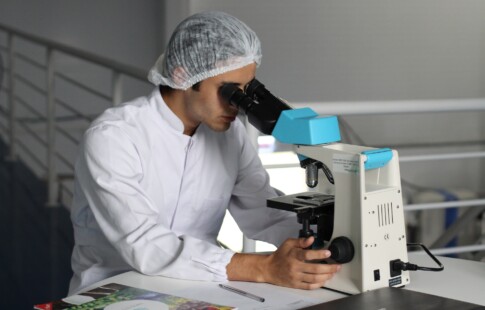
Common Chemicals in Our Water Supply and How to Avoid Them
We are reader-supported. When you buy through links on our site, we may earn affiliate commission.
People rely on tap water almost every day of their lives, at least in the United States, where we are lucky enough to have running water available in our homes. Most of the time, people don’t question the safety of their water. However, when a water crisis such as the one in Flint, Michigan captures public attention, people grow more concerned about the chemicals that may exist in their water.
The human instinct to guard the water supply exists for a reason. Water contaminated by undesirable bacteria and chemicals can make people sick, sometimes severely so. For this reason, it’s smart to remain cautious about water safety even when no obvious problems present themselves.
Let’s consider which chemicals enter the water supply and how you can avoid them.
How Do Contaminants Get in the Water?
The U.S. Environmental Protection Agency (EPA) sets regulation standards for public water systems. These regulations establish standard treatment practices and define the legally allowed amounts of certain contaminants that water systems may distribute to the public. EPA regulations include guidance for microorganisms, disinfectants, disinfection byproducts, inorganic chemicals, organic chemicals and radionuclides.
Ideally all drinking water would meet the EPA’s requirements. While most tap water is safe to drink, there are exceptions. Both naturally and unnaturally occurring contaminants enter the water supply in various ways. If those contaminants are not filtered out or are synthesized during treatment, people may end up drinking unsafe water.
Some contaminants occur naturally in the water supply. For example, some bacteria live in natural waterways. This is why campers boil their water before drinking it — they need to kill any bacteria that may make them sick. Public treatment facilities account for these contaminants and remove them from the water. If the treatment process is not done properly, however, contaminants may slip through.
Other contaminants enter the water supply because of humans. Agricultural runoff and industry byproducts can enter the water directly or wash there when it rains. This includes chemicals in fertilizers and animal waste as well as synthesized byproducts of manufacturing. This means that water supplies close to industrial or agricultural operations should be carefully monitored and proactively protected.
Finally, some chemicals enter water after leaving treatment facilities. When corrosive water enters pipes, it may pick up traces of whatever the pipes are made of, including copper and lead. This is what caused lead contamination in Flint, as the water sent through pipelines was extra-corrosive and not treated with anything to prevent pipe leaching. Though old pipes are particularly vulnerable, even newer fixtures can contain lead.
What Common Chemicals Should People Avoid?
There are a large number of substances that may negatively affect human health. This is by no means an extensive list, as many chemicals may cause harm in large enough doses. Even so, here are a few common chemicals people should avoid in their drinking water.
- Lead — Lead usually appears in drinking water as a result of corroding lead pipes. Lead poisoning occurs over months or years of exposure, so by the time symptoms present, dangerous levels of lead may exist in the blood. In children, lead poisoning can cause developmental delay and learning difficulties, as well as general physical symptoms like abdominal pain, vomiting and sluggishness. Parents should take precaution not to mix baby formula with lead contaminated water.
- Copper — Like lead, copper usually appears in the water due to pipe corrosion. Though trace amounts of copper are necessary for human health, too much can lead to negative health effects. In the short term, this could mean stomach cramps and vomiting. In the long term, it could mean liver damage or kidney disease. Children and those with Wilson’s disease are most vulnerable.
- Fluoride in Excess — Fluoride is added to the water in many parts of the United States in order to promote dental health. However, controversy exists regarding whether or not fluoridation is safe. An excess of fluoride from drinking water may cause negative health and developmental effects, including on development of intelligence in children.
- Pharmaceuticals — Chemicals from pharmaceuticals enter the water supply when excreted from the body or when people dispose of prescription drugs by dumping them down the sink or flushing them down the toilet. Increasing proper drug disposal may prevent this.
- Arsenic — Arsenic appears naturally in many water sources around the world. Exposure to high levels of arsenic may cause cancer and skin lesions as well as developmental delay in children.
How Can You Avoid Chemicals in Your Water?
There are a number of ways to protect yourself from chemicals in water. Households strategies include filtration systems, water softeners, distillation systems and disinfection.
Some filtration systems remove contaminants through reverse osmosis, in a process similar to the desalination of seawater. However, such systems that treat water at point-of-entry to the home are usually expensive, thus other methods are often necessary.
By law, water suppliers must supply consumers with an annual Consumer Confidence Report. These reports provide information on water quality in your area. If you’re concerned about chemicals in your water, read your supplier’s most recent report and compare it to EPA guidelines. If you notice something concerning, you can take steps to filter your water using a stand-alone system like a filtered water pitcher or other systems.
Owners of private wells should also monitor their water quality, even though the EPA does not set regulations for them. Checked water quality often, and take steps to mitigate potential contamination. You may also need to implement treatment systems, depending on the situation.
Protect the Water Supply
Access to clean, fresh water makes life possible, for humans and all other creatures. Though tap water is usually safe to drink, there are exceptions. To avoid common chemicals that may end up in the water supply, monitor contamination levels consistently, in your area and your home.
By protecting the water supply from unnecessary contamination and cleaning water of contaminants when necessary, you can protect yourself and your community from waterborne health risks.
Share on
Like what you read? Join other Environment.co readers!
Get the latest updates on our planet by subscribing to the Environment.co newsletter!
About the author
Jane Marsh
Starting from an early age, Jane Marsh loved all animals and became a budding environmentalist. Now, Jane works as the Editor-in-Chief of Environment.co where she covers topics related to climate policy, renewable energy, the food industry, and more.





